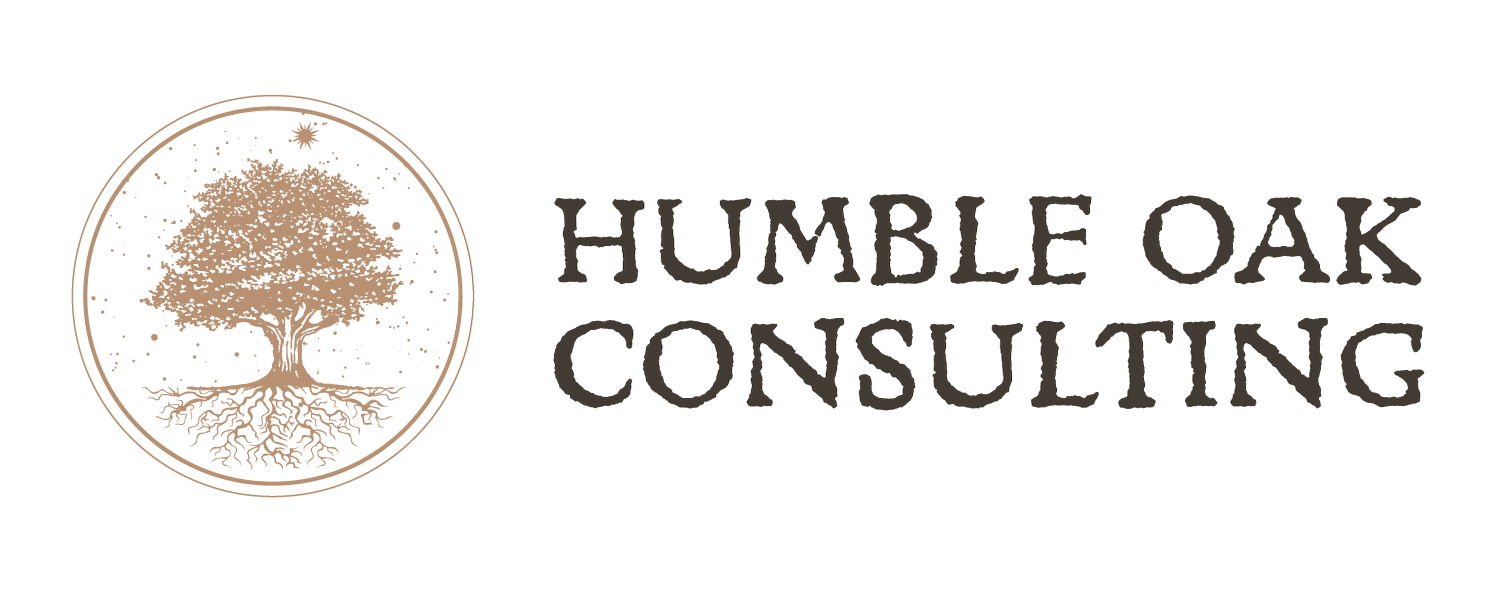Under the Same Roof
Laura Bridgman (left) and Helen Keller (right). Image Credit: Suffragette100 on Facebook.
June 27, 2022 is the 142nd anniversary of Helen Keller’s birth. An activist for disability rights, racial and sexual equality and a vivid figure in the American concept of education for disabled students, Helen Keller deserves to be remembered for all that she achieved and all that she inspired in others. Even in the nineteenth century, Keller used her unique personal story to engage others for change and modeled intersectionality and interdependence in her advocacy work. But her birthday invites me to reach a step further back— to the first blind-deaf person to learn language in the United States— Laura Bridgman.
Laura Bridgman was born in 1829 in Hanover, NH— in the house that I live in and operate my business in today. 51 years before Keller’s birth, Bridgman’s experience helped cultivate a community of teachers and a public awareness that opened the door for Keller’s education and achievements. Two of my personal principles for diversity, equity, and inclusion work are to form deep personal connections to this work and to amplify the stories and voices of those whom the public dialogue has not acknowledged. Remembering Keller and sharing how Bridgman contributed to education for the Deaf and Blind gives me a chance to do just that.
Like Keller, Bridgman lost her sight and hearing at a young age. Though she spoke in full sentences by the time she reached her second birthday, scarlet fever at the age of two killed her older sisters and left her deaf, blind, and without sense of smell or taste (NYTimes). For five years her family did not hope for her to speak ever again. She did household chores and roved the farmland of Etna with her one friend, a mentally ill man named Asa Tenney. But Dr. Samuel Howe of the Perkins School for the Blind worked with Laura and taught her to read and write using the tactile method. Her studies also included arithmetic, geography, astronomy and religion. Eventually, while living at Perkins School, Bridgman taught a fellow pupil, Anne Sullivan, the tactile alphabet. This exchange of knowledge had a direct effect on Helen Keller because “Kate Keller, Helen Keller’s mother, hired Anne Sullivan … after reading Charles Dickens’s account of Laura Bridgman. Sullivan had learned the manual alphabet from Laura Bridgman herself, and used [it] to educate Helen” (StartASL).
Helen Keller (left) and Anne Sullivan (right). Image Credit: startasl.com
Though Bridgman was very well known after the 1842 publication of Charles Dickens’ American Notes, she died when Keller was nine and Keller’s fame quickly eclipsed Bridgman’s. Perhaps it was because of Keller’s associations with prominent organizations like the ACLU. Perhaps it was because Keller lived a longer life than Bridgman, dying at 87 to Bridgman’s 59. Perhaps it was because Keller was engaging and pretty, while Bridgman had a reputation for being cantankerous and unsmiling. Perhaps it’s just the human tendency toward recency bias. And of course, it’s not a contest— both women made incredible advances in education for the Deafblind community.
A plaque to the memory of Laura Bridgman outside her home in Etna, NH. Image Credit: Sonya Gurwitt.
Outside my home there is a rock with a biography of Laura Bridgman. When I moved in, one of my first projects was to build a little free library beside it, because I have always loved to read. I loved the idea of people coming over to see what’s in the library, stopping beside the rock and reading the plaque. I imagined them learning about Laura and walking away with a book, musing on whatever their next read is and the fact that the history we learned in school left Laura out.
For myself, I’m contemplating my journey with Laura’s history. I had no personal connection to people with disabilities before my move to New Hampshire. I didn’t know about Laura or that Helen Keller cofounded the ACLU or by what mechanism a Deafblind person would begin to construct language. But then Laura and I shared a house. A fundamental human need for shelter. We shared a shady wood, the flowing waters of Mink Brook in the back yard, the cool wind on our faces on a summer evening. And I am reminded:
We are all people.
We all want to learn, communicate, connect.
We all want to contribute.
We hope to be seen for who we are.
Want to learn more? Watch this video by Perkins School for the Blind.



